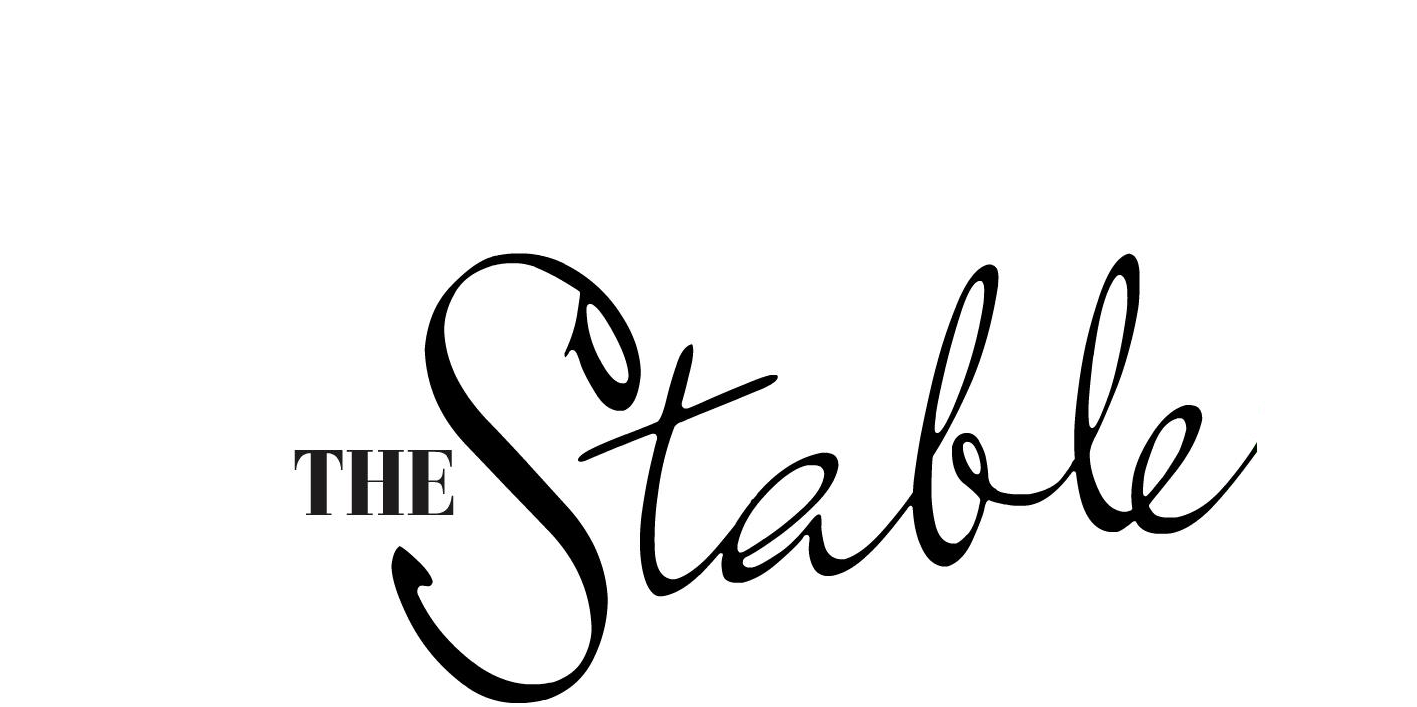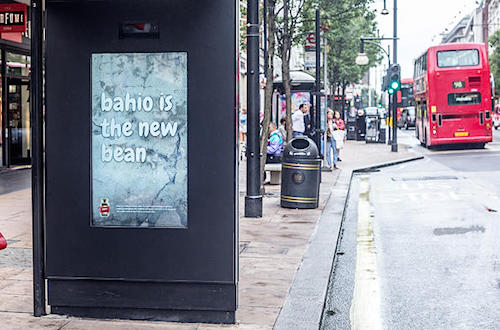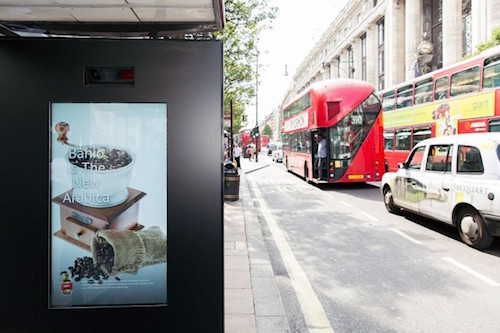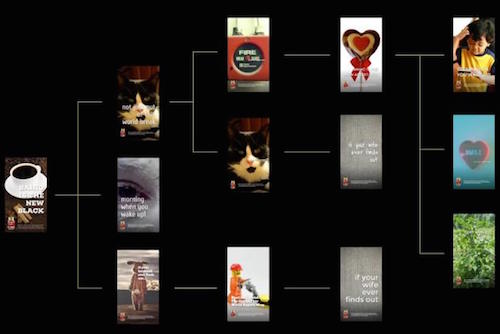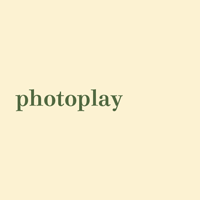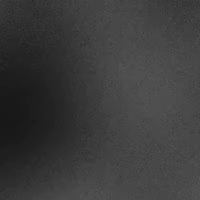Can a computer develop the ultimate creative? M&C Saatchi UK has installed a billboard that responds to viewers’ facial responses.
The agency is experimenting to find out if tech can create the perfect ad.
David Cox, chief innovation officer at M&C Saatchi, commented, “It’s the first time a poster has been let loose to entirely write itself, based on what works, rather than just what a person thinks may work. We are not suggesting a diminished role for creative but we know technology will be playing a greater part in what we do.”
The deliberately boring (at first, at least) billboard for fictional product, Bahio Coffee, is powered by a genetic algorithm that tests different executions by analysing the strengths of more than 1,000 “genes” (read:features) such as copy, layout, fonts and font sizes and image.
Elements that fail to trigger an engagement will be killed off. Those that people engage with will be reworked into future executions, and this process will continue over the next three to four weeks.
Eventually, a ‘finessed’ ad, the strongest creative possible according to M&C, will be produced depending on how users interact with it, using facial recognition to gauge whether people look happy, sad or neutral.
The billboard was installed in London with Posterscope and Clear Channel UK.
Cox explained, “Already, the design of websites is being refined automatically using perpetual multivariate testing to make ongoing enhancements over time. So we set out to discover whether it is possible to accumulate sufficient data to make such an approach work for an ad, and how best to create an automatic process that could write an ad from scratch.
“One interesting aspect of this is the ability to let the system create weird ads no one would otherwise have written, bringing to life ideas that are absurd, and seeing whether by being absurd they are more effective. The power of using data in this way is that algorithms can expose things from beyond the human realm of preconceived notions and self-editing.
“Moving forward we could make this more sophisticated by factoring in, for example, whether the audience visited a URL, and whether they then went on to make a purchase in order to select the key creative components offering the strongest result.”
So far, initial data is enabling M&C Saatchi to map how a number of creative components are evolving. Words are moving towards being exclusively in upper case, and in shorter sentences, for example.
“The most obvious commercial application of this is to use elements of the system to optimise ads over time—just as you would using multivariate testing in website design but, in this case, for a poster.”

